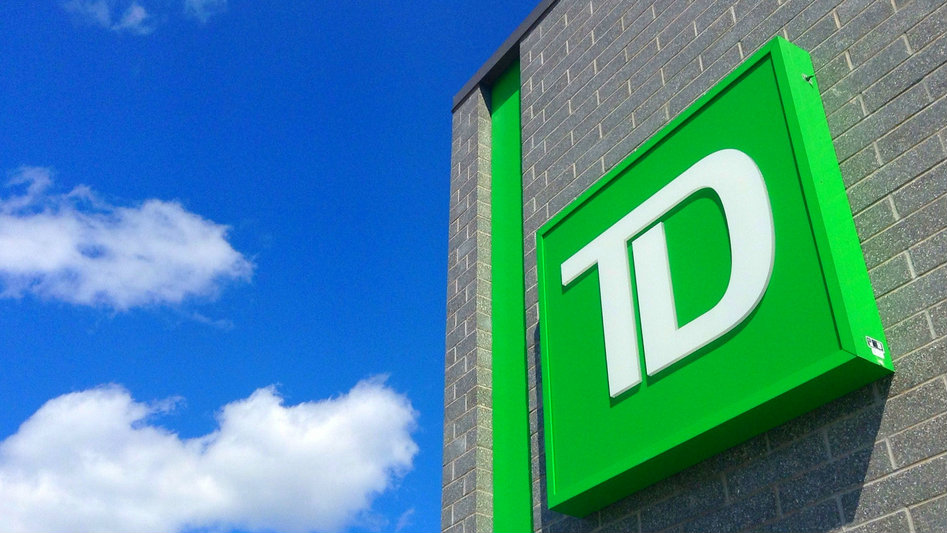
With total assets of $1.3 trillion, up from $563 billion in 2008, Toronto-Dominion Bank (TSX:TD)(NYSE:TD) is fast approaching RBC to become Canada’s largest bank by assets. But TD is not interested in growing for the sake of growing; it’s after profitable growth with high returns.
Let’s look at the last 10 years to get a sense as to why TD stock should be a core holding.
As we know, all banks were tested in 2008 and 2009, and never before was strong risk management more important. TD was already a culture of prudent risk management. TD’s strategy has been consistent since well before the crisis. Accordingly, TD was the only Canadian bank to keep its triple-A rating through the chaos.
In 2008, its common equity tier one ratio was 9.8% compared to the regulator’s target of 7% for Canadian banks. Today, TD’s tier one ratio is 11.7%, the highest of the Canadian banks.
Growth strategy
Since 1998, TD has been expanding and growing its North American retail businesses to deliver a consistent and reliable revenue stream, and this helped it to avoid many of the revenue challenges that other banks have faced. TD’s culture, strategy, and execution before, during, and after the crisis have been impressive.
Now, let’s take a look at TD’s stock price action to see how it has recovered since the crisis. Not surprisingly, the stock has increased a stellar 325% since the lows of February 2009. This is not including dividends, which have grown at a compound annual growth rate of 9.14% in the last 10 years.
In 2005, well before the crisis, TD exited the structured products business. According to management, they “just didn’t like the risk embedded in all those complex, financially engineered investment vehicles.”
TD also refused to sell asset-backed products because it deemed those to be too risky. It also avoided sub-prime lending in the U.S., only lending to creditworthy clients in areas of the country that were relatively stronger.
A truly North American bank
TD’s strategy has been to focus on the lower-risk retail side of the business and continue to expand in the U.S.
The success of this strategy is evidenced by the fact TD Bank is now the sixth-largest North American Bank by total assets and by market capitalization.
Segmented results
The change in revenue contribution from the different segments compared to 2008 also tells the story of how TD’s focus has evolved.
The U.S. Retail business now represents almost 30% of revenue compared to less than 20% in 2008, reflecting the company’s focus on U.S. growth.
Wholesale banking now represents 9% of the bank’s revenue, down from 12% in 2012, as TD exited the structured business and refused to sell asset-backed investments in order to control risk.
Management sees no problem with having a relatively small wholesale business and wants a 15-20% return from this segment in the medium term. It is not about growth; it is about returns generated.
Going forward, investors can expect continued robust performance by TD stock, driven by continued robust company-specific results as well as rising interest rates.
Fool contributor Karen Thomas has no position in any of the stocks mentioned.